Cities are embracing teen curfews, though they might not curb crime
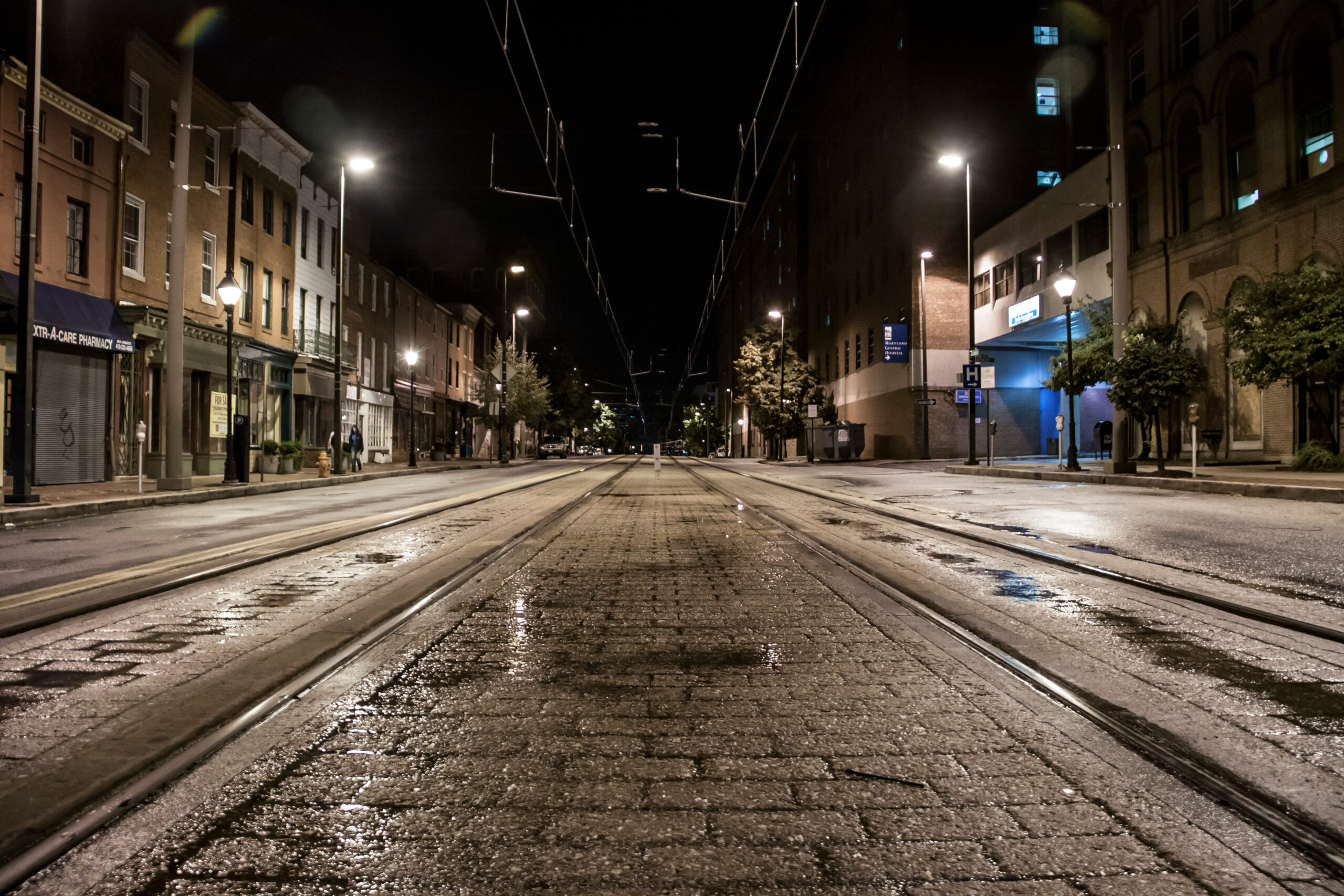
In response to growing public concern over crime, cities and counties throughout the United States are returning to a familiar tool: curfews for young people.
Proponents argue curfews curb crime and protect youth by keeping them off the streets. But research suggests curfews are ineffective, and some juvenile justice advocates and experts warn of unintended consequences such as increased racial profiling, and strained relationships between police and teens.
More than a dozen cities and counties have reinstated or enforced juvenile curfews this year, including Washington, D.C.; Memphis, Tennessee; New Smyrna Beach, Florida; Sea Isle City, New Jersey; and Fulton County, Georgia. Philadelphia and Chicago made their curfews permanent last year.
Vicksburg, Mississippi, recently reinstated its curfew following a shooting in January that killed a 13-year-old and left two others injured. The city also has implemented a community policing program and allocated $200,000 in funding for a center where children and their families can receive mentoring, tutoring and mental health support.
“If you limit the opportunity for youth to be out at 11 o’clock, 12 o’clock, one o’clock and two o’clock in the morning, you limit and control that exposure, and then you put it back where it ought to be — in the home,” Vicksburg Mayor George Flaggs Jr. told Stateline. “I’m a stern believer that you can’t be too punitive. … You have to deal with it from a holistic point of view and that is, include the family, the school and the community.”
Both he and police Chief Penny Jones said crime rates in the community have decreased since the curfew started.
“Kids will get use [sic] to it and it will become the norm. We just want to be sure our youth are safe,” Jones wrote in an email.
But some elected officials moved in the other direction. In June, Texas Republican Gov. Greg Abbott signed into law a statewide ban on curfews that prohibits both cities and counties from implementing them. The ban will take effect in September.
Texas state Rep. David Cook, a Republican who wrote the bill, said he hopes to see “a better relationship between juveniles and law enforcement agencies” as a result of the statewide ban on curfews. Cook also raised concerns that curfews could violate constitutional rights.
“There’s a lot that we can do as a state to improve the juvenile system,” Cook said in an interview with Stateline. “The more that we can have community-based programs, the better off juveniles are going to be with regard to trying to reform their behavior for a better future.”
The District of Columbia is one of the latest cities to enforce a juvenile curfew. The city’s curfew targets seven specific areas and prohibits those under the age of 17 from being outdoors past 11 p.m. on weekdays and midnight on weekends. Minors who violate the curfew will be taken to the Department of Youth Rehabilitation Services, where they will be reunited with their families and provided with rehabilitative services and support.
“Our goal isn’t to arrest our young people, but we want to ensure the safety of our youth here in the District of Columbia,” said Pamela Smith, the city’s police chief, during a news conference this month.
Some cities, including Baltimore and Atlanta, likewise are changing how they handle curfews — opting to reduce or eliminate fines and other penalties and instead provide violators with educational and community-based programs, such as counseling, mentoring and recreational activities. In other jurisdictions, parents and guardians can still receive fines or even go to jail if their kids violate curfew.
Are curfews effective?
In 1996, President Bill Clinton called on cities and towns to impose nightly curfews on teenagers. Today more than 400 towns, cities and counties have enacted youth curfew laws, according to the National Youth Rights Association.
But U.S. juvenile curfews are “ineffective at reducing crime and victimization,” according to a review summarizing the findings of 12 studies that was published in 2016 by the Campbell Collaboration, an international social science research network. The review also found a slight increase in crime during curfew hours and no effect on non-curfew hours.
A paper published in 2014 by the Social Science Research Network measured the effect of the District of Columbia’s juvenile curfews on gun violence by analyzing ShotSpotter data from January 2006 through June 2013. The authors found that gunfire incidents increased by 150% when the curfew was in effect. The authors also suggested that curfews keep bystanders and witnesses from the streets, reducing their deterrent effects on crime.
But some local officials have said curfew enforcement led to a decrease in crime within their jurisdictions.
In Prince George’s County, Maryland, where local leaders enforced a juvenile curfew last year, officials reported a 20% decrease in overall crime during curfew hours in the first month of enforcement.
Experts also worry that curfews will disproportionately affect young people of color.
Juvenile curfews may result in increased racial profiling, said William Carbone, a lecturer and the executive director of the Tow Youth Justice Institute at the University of New Haven.
“I don’t have a lot of faith in curfews at all,” Carbone said in an interview with Stateline. “When you implement a measure, like curfews, you run the risk of creating worse relationships between the youth and the police, and run the risk of profiling. … It’s just one of the areas where kids of color are disproportionately disadvantaged.”
Carbone said curfews may also move crime from one area to another because “kids don’t obey geographic boundaries.”
“If there’s a curfew in one location, [minors] could move to another location. It doesn’t stop the crime,” Carbone said.
Curfews are more likely to harm youth of color because of existing disparities in law enforcement interactions, Candice Jones, the president and CEO of the Public Welfare Foundation, a justice advocacy group, wrote in an email.
“They could be doing something legitimate — coming home from a game late or friend’s house studying — but now a curfew has given cause for them to have an interaction with law enforcement, which we know can be particularly dangerous for Black and Brown youth.”
At least 11,680 children under the age of 17 were arrested in 2020 for curfew violations or loitering, according to statistics released by the Department of Justice’s Office of Juvenile Justice and Delinquency Prevention. Federal data shows that for decades, Black minors have been arrested for curfew and loitering charges at two or three times the rate of their white counterparts. The overall juvenile arrest rate, which includes all offenses, peaked in 1996 and has since declined.
Alternative solutions to youth crime
Some curfew opponents point to approaches such as cognitive behavior therapy, a type of talk therapy that helps identify thought patterns and tries to change them, and tailored drug or mental health treatment programs as more effective strategies, Carbone said.
“Treatments and interventions, and as little contact with police and courts as possible, are very important ingredients in trying to prevent juvenile crime,” Carbone said.
Carbone asserted that diversion — approaches that redirect youth away from the juvenile justice system — works as a proactive measure to engage and prevent youth crime.
“It’s very powerful to a young person when they go into a courtroom and the person on the bench, for example, wearing the long black robe, pounds a gavel and says, ‘I find you delinquent.’ Kids tend to internalize that and then live up to it,” Carbone said.
To counter this, advocates suggest communities should prioritize comprehensive yearlong programs that allow children to engage in sports, cultural, arts and other social activities.
In Maryland, the Department of Juvenile Services in June launched the Safe Summer initiative, which aims to direct additional resources to counties grappling with higher rates of youth violence and create youth employment opportunities. Connecticut lawmakers passed a bill that expands diversionary programs in the state and encourages police to direct children to juvenile review boards instead of court proceedings.
In Tacoma, Washington, city leaders launched the city’s first free summer youth program, offering recreational activities such as basketball tournaments, video games, art and music.
Rather than punishing children and their families with fines for curfew violations, communities should invest in social services and address the root causes of juvenile delinquency, said Dafna Gozani, a senior policy attorney with the National Center for Youth, a nonprofit law firm and juvenile justice advocacy group.
“We see that communities that have access to resources have the least amount of youth crime, and that’s not by coincidence,” Gozani said. “We also see that it is incredibly expensive to support the carceral system and that’s at the expense of investing in things like education, health care, pro-social activities — all the things that actually prevent kids from coming into the system.”
Axl, a 19-year-old Kentucky resident who requested to be identified by only his first name for privacy reasons, found immense value in participating in the program offered by Youth Advocate Programs, a national nonprofit that provides community-based alternatives to out-of-home placements.
He said the program helped him develop healthy coping mechanisms, strengthen his communication skills and embrace his transgender identity.
“I did have a lot of support in the program and it helped me learn not to be scared to be who I want to be. It showed that I can be different and not have to blend in with everyone else,” Axl said.
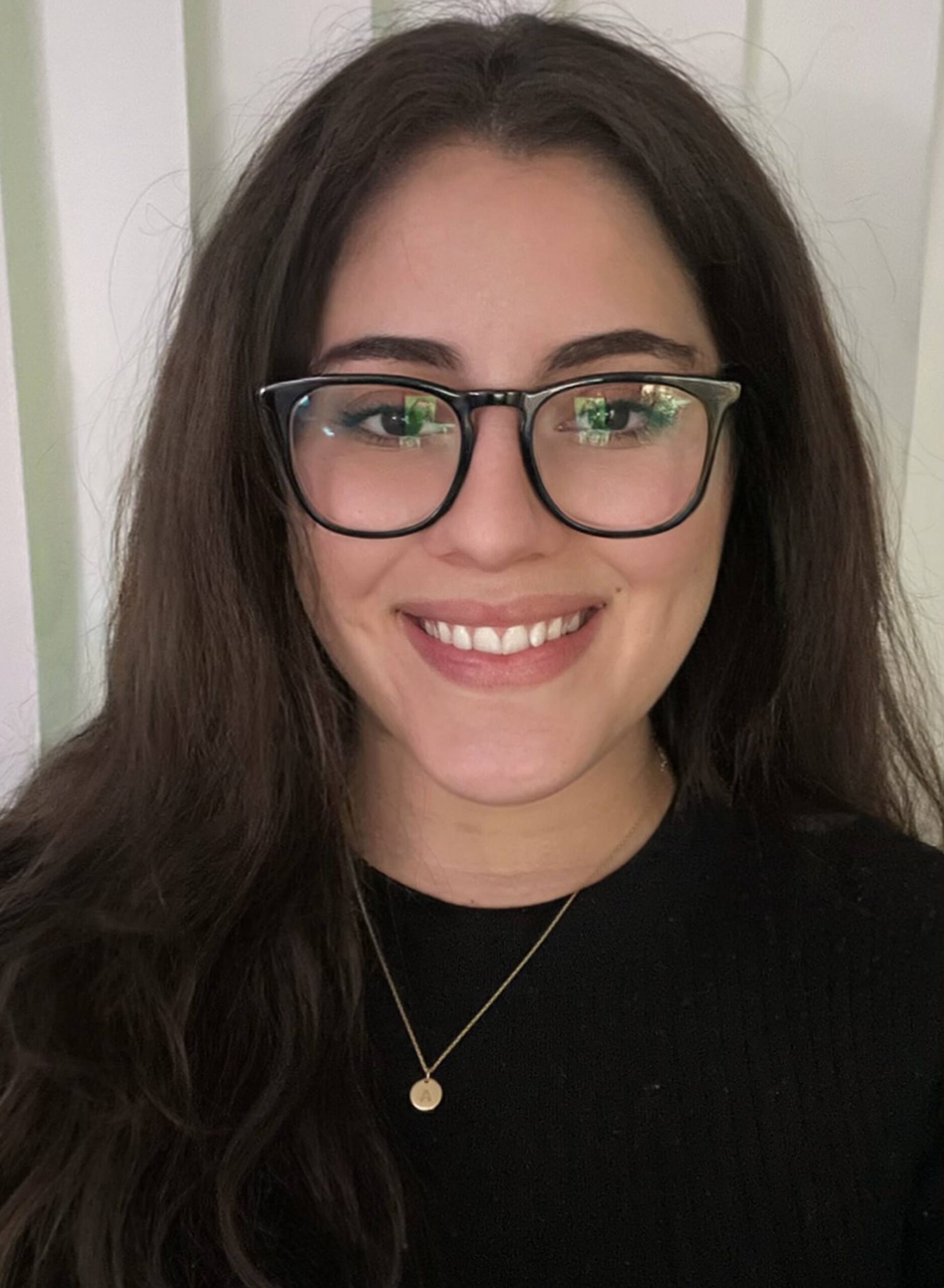
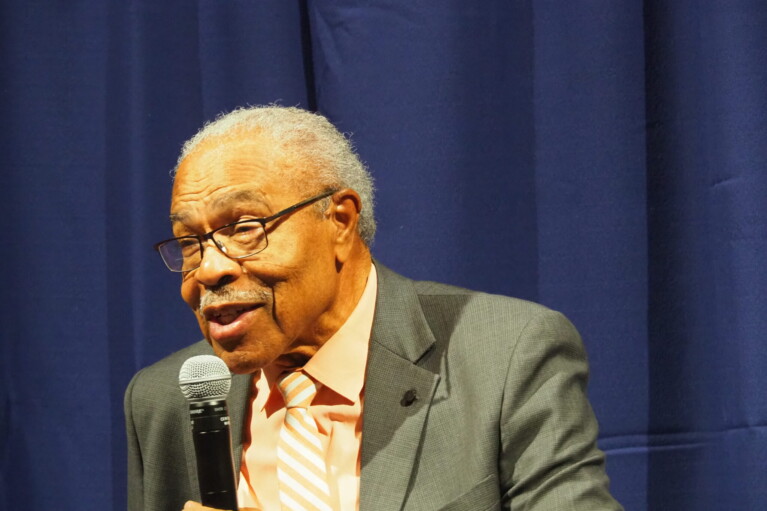
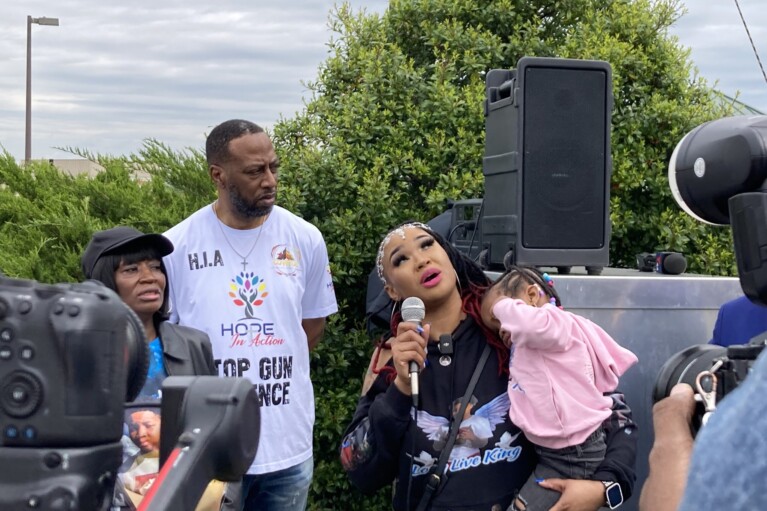
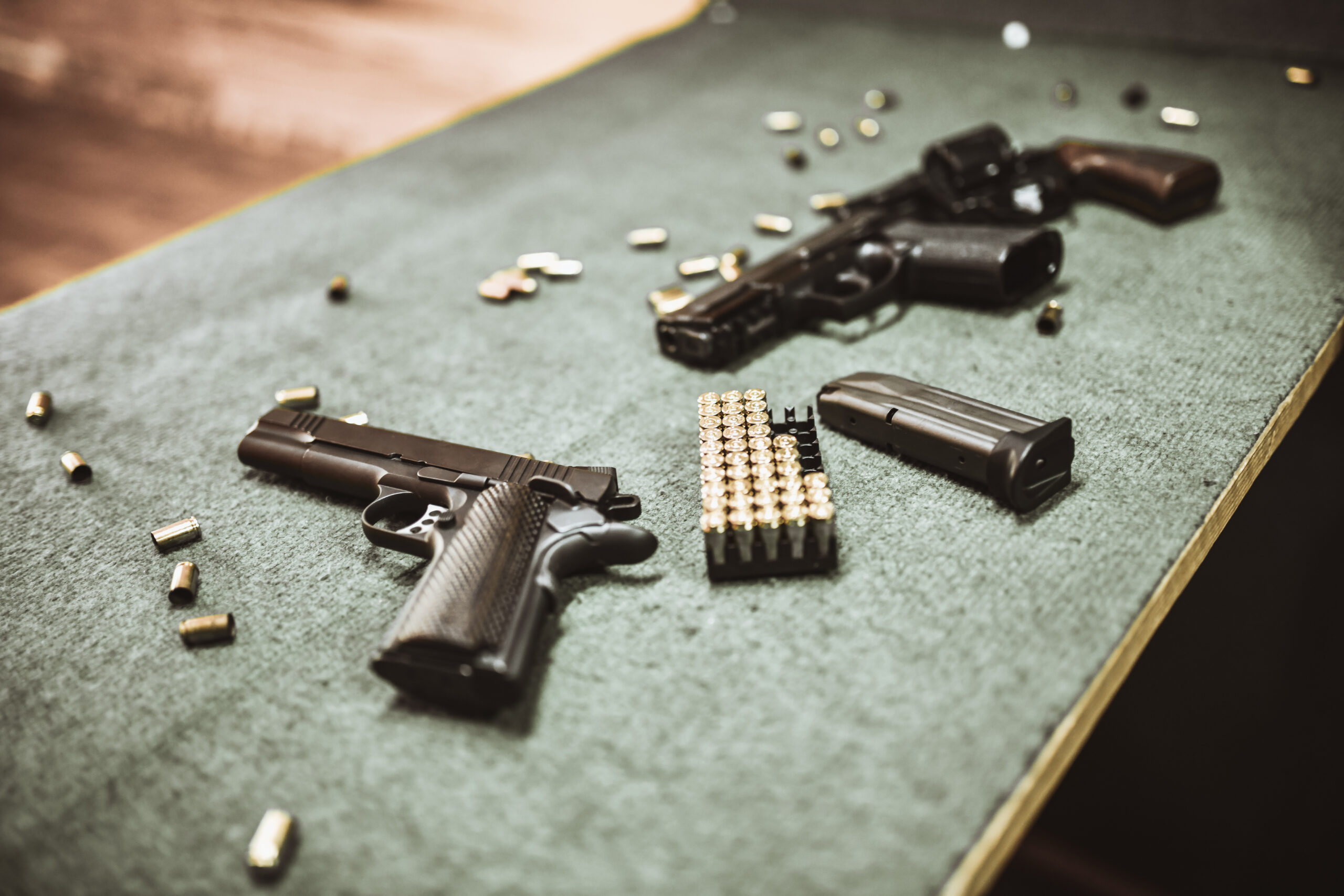
 Creative Commons Attribution
Creative Commons Attribution